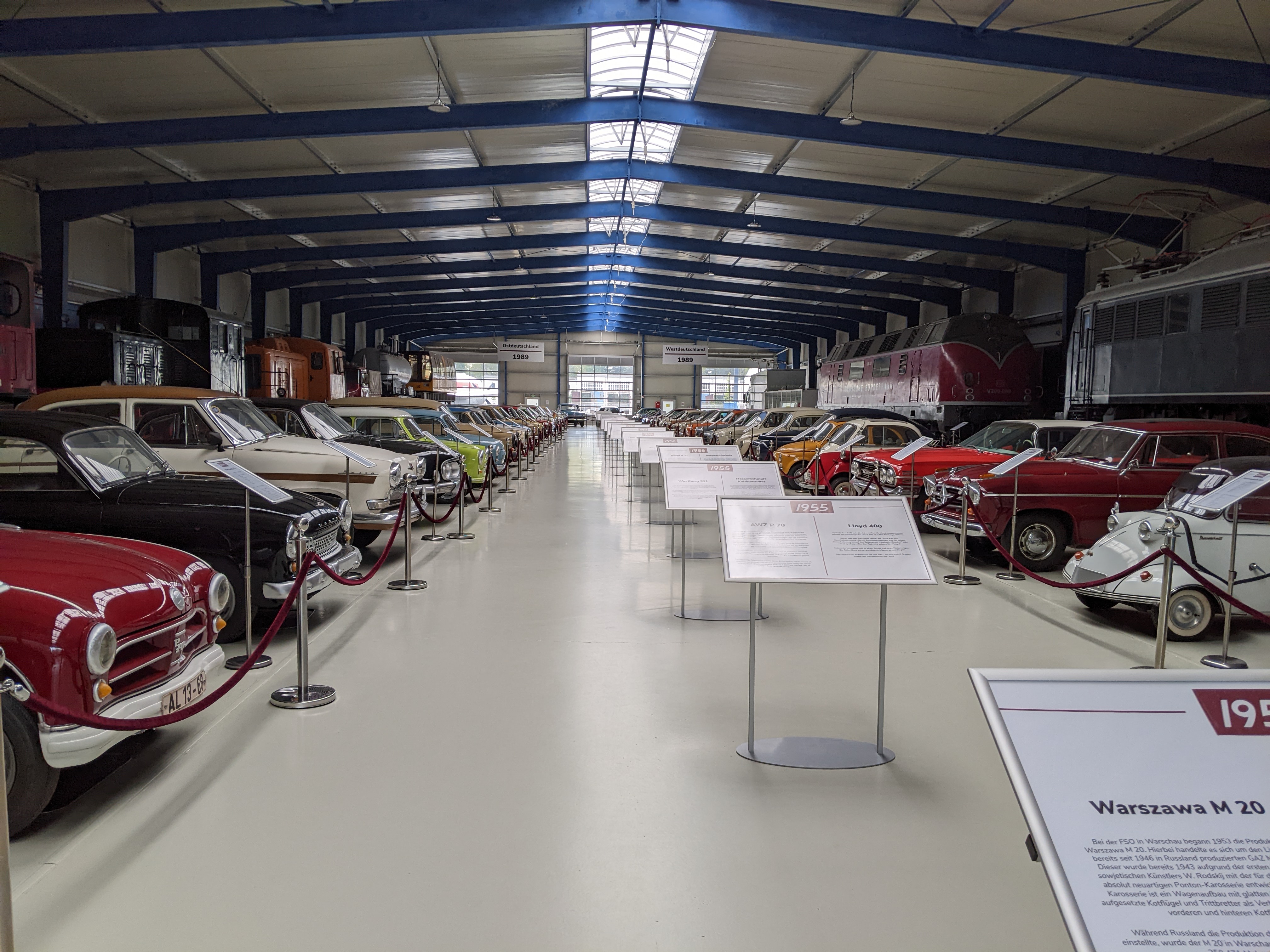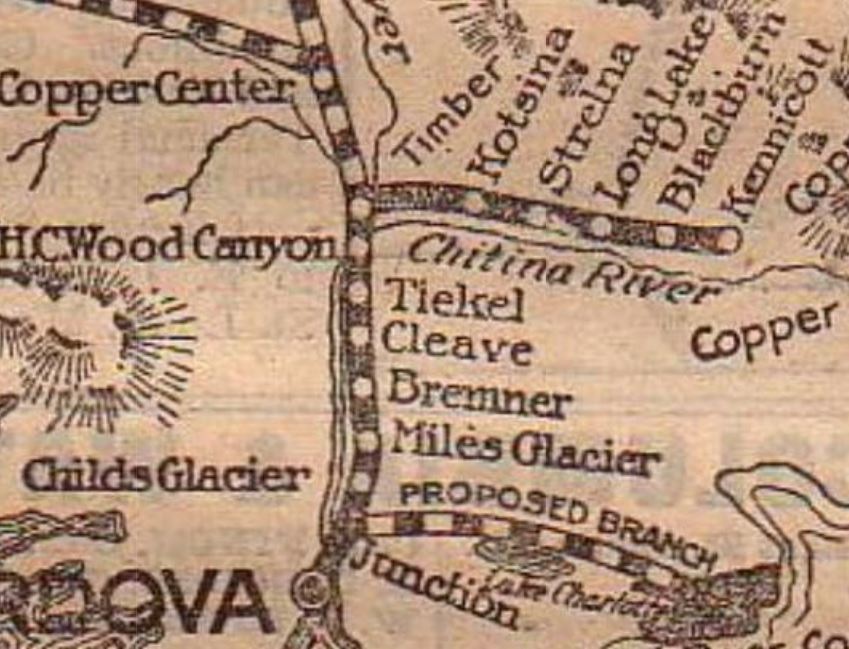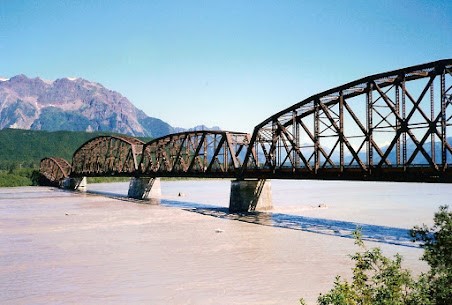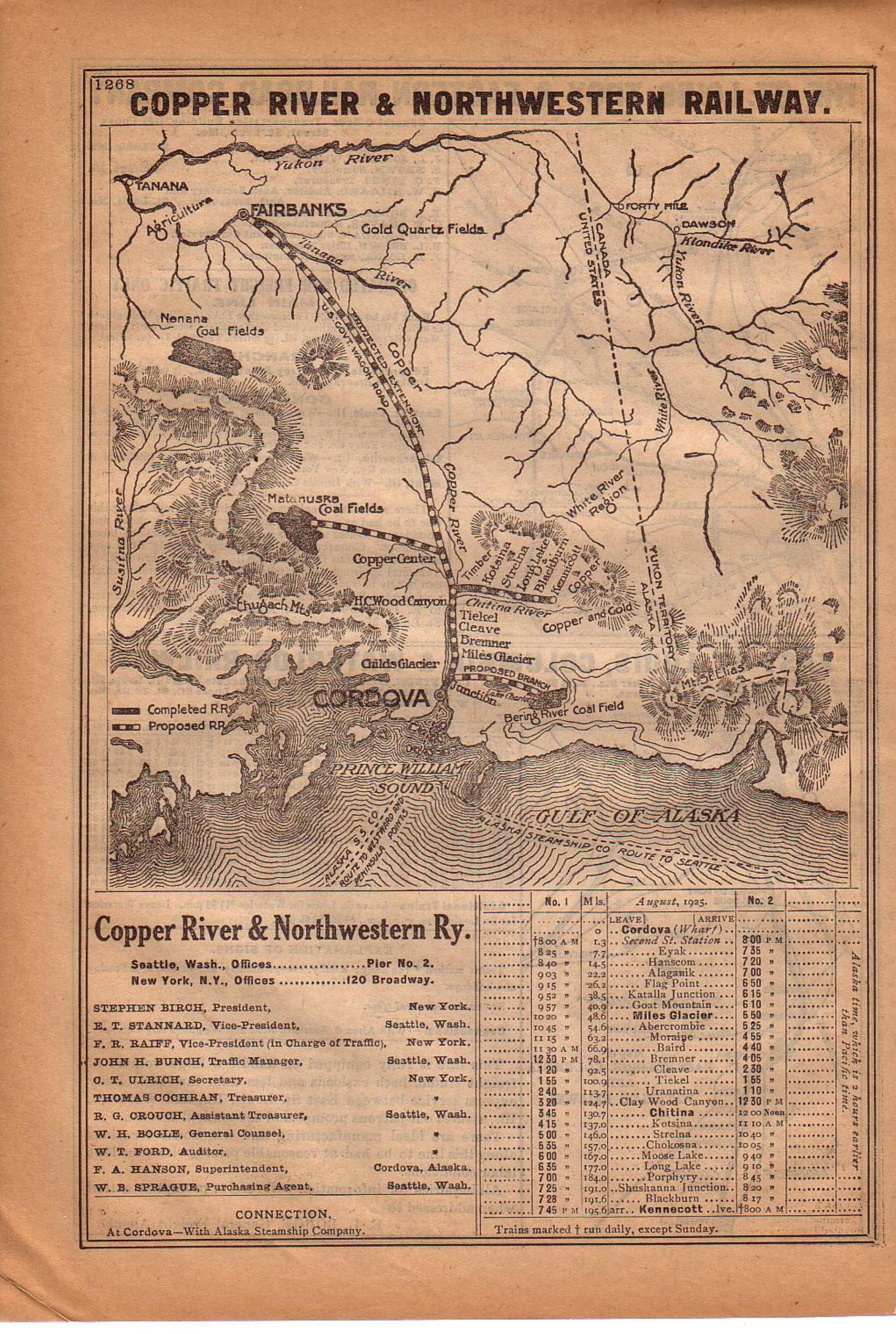
To subscribe to the email, please send a blank email to: raildate+subscribe@groups.io
Raildate is a collaboration between the editor and a number of contributors. Please think about supplying links that you spot. The contact email address is: raildate.co.uk@gmail.com
There are sections on:
East
East Midlands
London
Midlands
North West
Northern Ireland
Scotland
South
South East
Wales
West
Yorkshire
National
Argentina
Australia
Belgium
Bulgaria
Canada
Europe
Germany
Italy
Kenya
Malawi
Air
Bus
Marine
Thank you to this week's contributors.

German locomotives AND post-War cars from around the world, presented side-by-side. Where is it?

Three weeks ago, the Weekly Poser was a railroad museum at a former Kennecott Copper Corp. mining town in Nevada. Continuing the theme, here is a 1925 map of a 196-mile railroad serving the Bonanza mine, the world's richest source of copper at the time, at what was then called "Kennecott". The map is woefully inaccurate - probably deliberately so - but can you work out where it was? The line was vastly expensive to construct when compared with the simple cross-desert Nevada line, and it only operated for a little over 30 years, but it made tons of money for Kennecott's stock-holders. The various proposed branches remained unbuilt. Where is it?
Answer: Copper River & Northwestern Railway, Alaska. Congratulations are due to the following for their correct answers: Peter Tisdale, Paul Hopper, Richard Maund, Dave Goodyear.
Less than 40 years after Alaska was purchased by the US from Russia, an ambitious scheme was launched to open up the interior from the south-east. Copper and high-quality anthracite coal were available to exploit. The initial 196-mile section eventually cost a staggering $25m, and was beset by problems with storms, ice break-up, an earthquake, but went on to yield a 50% profit for Kennecott's investors. A separate line was built from Controller Bay to exploit the anthracite but went bust by 1923.
The map shows Cordova in the wrong place. The intended port at Palm Point was swept away in 1907, and replaced by Cordova being on a totally different estuary. Crossing the Copper River estuary required a "Million Dollar" bridge (pictured) as just one of the 129 bridges built. These problems put paid to the Copper River becoming the primary way into central Alaska. Fairbanks was reached instead by the Alaska Railroad from Seward via Anchorage, which still operates. After closure in 1938 the trackbed became a summer-only road.

The mine at Kennecott was served by the town of McCarthy. The mine buildings themselves largely survive, protected by the remoteness of the Wrangell-St. Elias National Park.
The late comedian Pete McCarthy (1951-2004) wrote a pleasing book The Road to McCarthy which culminated in him visiting McCarthy Alaska via this road.



We welcome links to publicly available online news items and videos from anywhere in the world. Despite its name, Raildate covers all transport modes, including also bus, tram, air, and marine.
Raildate may be freely distributed without permission as long as no changes whatsoever are made to the original document distributed by the Editor.
The main Raildate website https://raildate.co.uk includes a history of Raildate by the founding editor Howard Sprenger and archived editions from 1996 to the present.
Facebook members are encouraged to join the Raildate group.
© Matthew Shaw 2023